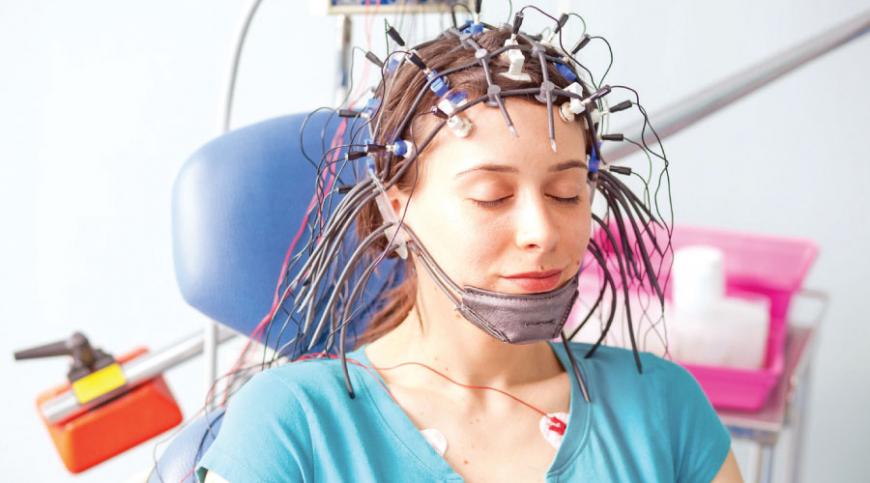
Over the span of the last 3 weeks, we have had a brief overview into the vast field of cybernetics. Seen some of the applications, one being the use of cybernetics in aviation: the autopilot system and the Fly by Wire method. The field of cybernetics ranges in every avenue, from management and government hierarchy to engineering to even the medical field. This brings us to the final topic of interest in this four-part series of an introduction to cybernetics. The link is cybernetics and neuroscience, neuro-cybernetics.
Before we understand what neuro-cybernetics is, let’s take a quick recap into the definition of cybernetics. It is the study of how systems regulate themselves and describes the science of automatic control systems and communication in both machines and living things. Neuro-cybernetics, a sub-section in bio-cybernetics is the avenue of cybernetics where living organisms are emphasised.
The word neuro relates to the nerves or nervous system and many confuse the word neuro to mean brain. The brain and the spin combined make up the bodies central nervous system. To put neuro-cybernetics into simple terms, it is the study of control and communication of the nervous system and other neurological systems. This field recognises and studies how the body communicates. With the brain as the command center, electric impulses and neurons send messages to parts of the body using the nervous system as the transporter.
With advanced research, neuro-cybernetics has allowed us to fully understand how the human body or any living organism functions.
The process of linking the neural network with the machine is called, brain-computer interface (BCI). This research and study take us back to 1924. Hans Berger a German psychiatrist discovered electrical activity in the human brain. He became the first person to record these brain waves using his invention of the electroencephalography also known as (EEG).
The EEG is used widely by medical practitioners and hospitals today. This device has helped doctors study, identify and diagnose conditions, such as seizures, epilepsy, head injuries, dizziness, headaches, brain tumors and sleeping problems. The working principle during an EEG is the use of small electrodes and wires attached to your head. They act as the portal between your brain and the machine. The electrodes detect brain waves and send that signal to the EEG which then amplifies that signal and records the data in a wave pattern on graph paper or computer screen.
Another application for neuro-cybernetics is electrocardiography (ECG). William Einthoven, a Dutch physician and physiologist invented the ECG in 1927. The machine records electrical activity of the heart at rest. It provides information about the heart rate and rhythm shows if there is any inflammation or enlargement of the heart due to high blood pressure (hypertension). It also shows evidence of previous heart attacks (myocardial infarctions). Using the results of the ECG, doctors can advise patients on the appropriate course of action. The process begins with electrodes being placed around the patient’s chest, these electrodes are typically wet and use a conductive gel to increase the conductivity between the electrodes and the skin, giving more efficient results. The electrodes pick up signals generated by the beating heart. The conventional ECG uses 12 electrodes placed on designated parts of the body. This results in the ECG getting measurements from 12 different angles (leads) of the heart. The entire process of an ECG takes about 5 to 10 minutes. However, the actual scanning for the electrodes takes only 10 seconds.
Neuro-cybernetics is an ever-growing field that has a multitude of applications not only limited to the medical industry. With extensive research and expansion of our knowledge in the field, we can build and connect neural pathways between humans and machines. Mind control of the machine is almost at our fingertips.
